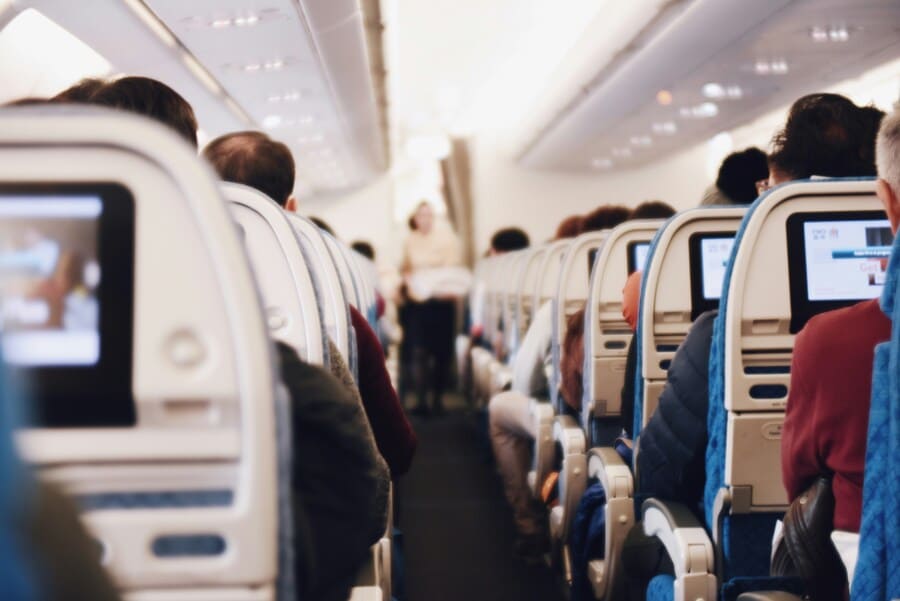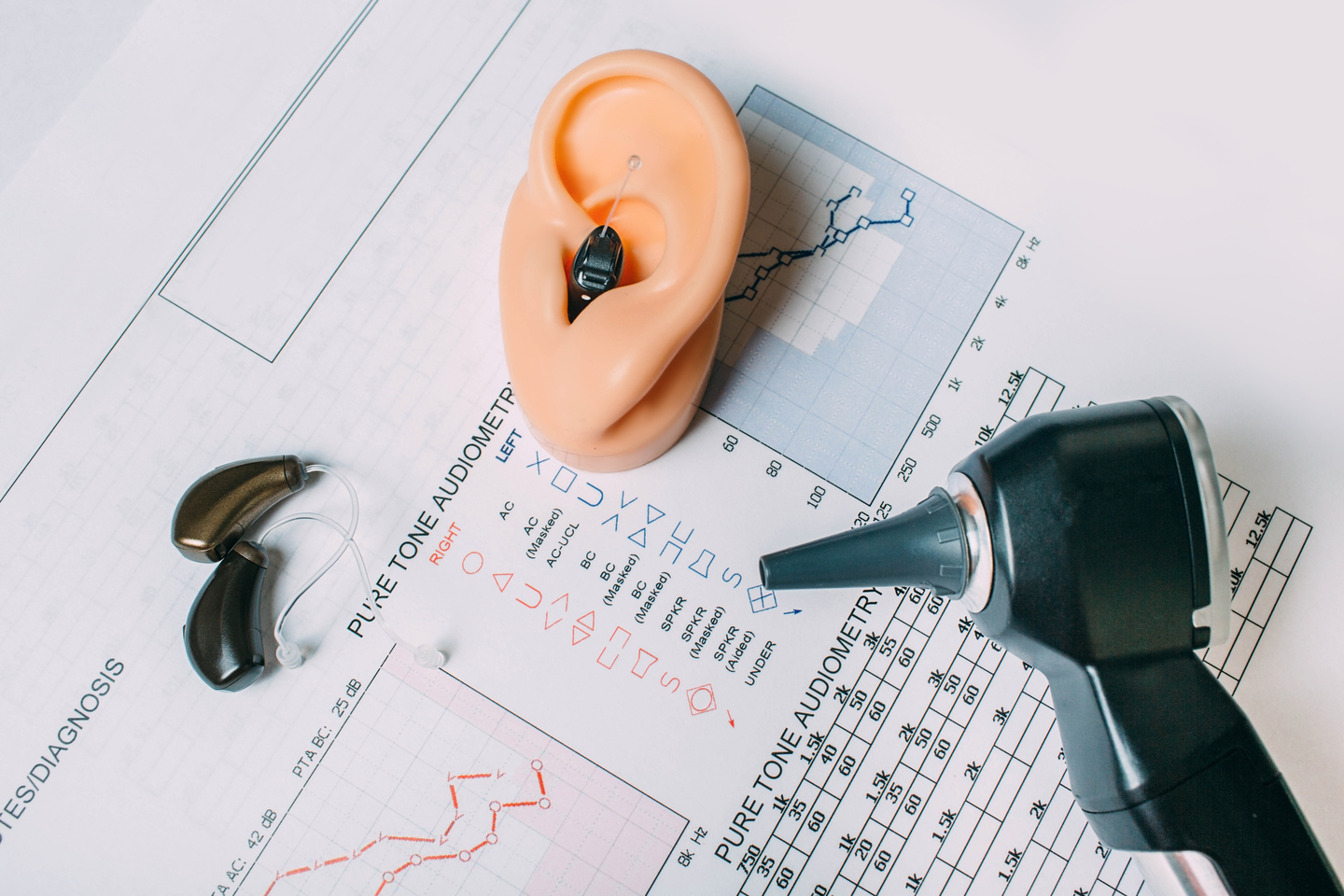Eustachian Tube Bypass Procedure
What is the Eustachian tube bypass procedure?
The Eustachian tube bypass procedure is designed as a long-term solution for patients who have chronic Eustachian tube dysfunction (ETD) and recurrent middle ear infections. It involves a special tube that ventilates the middle ear through a tiny tunnel in the ear canal.
How do I know if I’m a candidate for the bypass procedure?
The procedure is offered to patients who have already needed several myringotomy tubes in the past and continue to suffer from Eustachian tube dysfunction. Typically, the patients have had ETD for many years. The surgery is especially offered to patients who no longer want to have repeated myringotomy tubes.
There are patients with poor middle ear ventilation for whom traditional tubes are not advisable. In these patients, poor ventilation may result in the eardrum being pulled inwards (retraction, atelectasis), making it difficult or inadvisable to place a regular tube. The bypass tube allows the eardrum to heal, giving the patient more options in the future.
What is the difference between the tube used in bypass procedure and a regular myringotomy tube?
In a typical myringotomy procedure, a small tube is placed through an incision in the eardrum to help drain and ventilate the middle ear. If needed several times, it can lead to scarring, retraction, and damage to the eardrum. Because a myringotomy tube lasts 6-12 months and does not cure the Eustachian tube issue, a person with chronic ETD usually needs multiple tubes over their lifetime. This constant manipulation of the eardrum may result in more scarring, discomfort, and hearing loss.
The Eustachian tube bypass procedure uses a specialized tube that ventilates the middle ear through a small tunnel in the bony ear canal. It does not require any incision on the eardrum, so it minimizes any hearing damage to the ear. Unlike the classic myringotomy tube, which can fall out after 6 months, the Eustachian tube bypass procedure involves a tube that can permanently stay in the ear without falling out.
What kind of anesthesia is used for this surgery?
The procedure is minimally invasive and is performed under general anesthesia. The surgery does not require overnight admission. The recovery period is very short, and patients return to normal activity by the next day.
How soon can I fly after the procedure?
Most patients can fly within 3-5 days after the procedure. It takes about a week for the skin around the tube to fully heal at which point you will be hearing and ventilating better.








